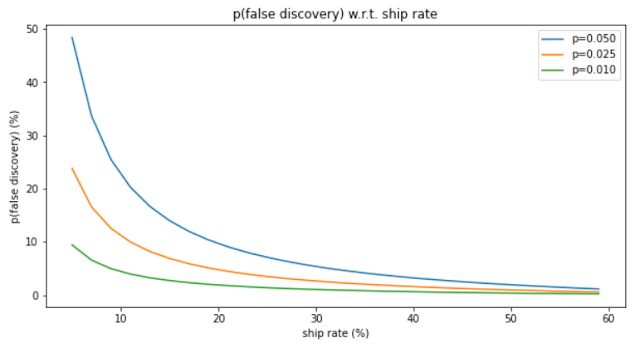The future of Purchase Attribution
The Online Ad industry is alive and well. A specialist firm reports double digit growth where Total Display is expected to amount to over $90B worldwide by 2017, a roaring 18% CACR since 2014.
With this influx of investment, Marketers will expect to see improvements in measurement methodologies and we are already seeing sign of it in in this area.
The perennial problem of Purchase Attribution
Let's take an example to illustrate this famous problem: Betty is an avid internet user. As she is showing signs of future Apparel purchase, H&M buys her address and send her a promotional email on Day 0. Two days later, she is targeted a second time on her mobile while doing a search on Google. Finally, on Day 4, she connects to Facebook and clicks one of those Carousel ad leading to a purchase on H&M site.
Who should get the credit for the purchase ? Facebook?
The Past: Last click
The simplest (and now outdated) attribution methodology was to give credit to the last ad, thus its name "Last Click". While simple and easily understandable by everyone, it has the flaw of not giving any credit to 2 first interactions although they might have been necessary to initiate Betty's interest in H&M.
The present: Time Decay
A few years ago, Google Analytics introduced many alternative attribution methodologies including Time Decay. This method gives more credits to more recent events. Consequently, Paid Email and Mobile Ads get respectively $20 and $30 credits in this illustrated example. A good step forward!
That said, the fundamental problem remains: What would have happened had the Marketer not bought the FB ad? How about not buying the mobile ad? Or the Paid email? All in all, what would be the best combination of marketing stimuli here?
If the Time Decay methodology holds true, it can be implied that the purchase would not have been made in 50% of the cases, had the Marketer not bought the FB ad. Is that accurate? Can we find a better way to estimate the true effect of each interaction. This is where Uplift comes into Play
If the Time Decay methodology holds true, it can be implied that the purchase would not have been made in 50% of the cases, had the Marketer not bought the FB ad. Is that accurate? Can we find a better way to estimate the true effect of each interaction. This is where Uplift comes into Play
The Future: Uplift
What happened to Direct Mail where more and more companies use Control Groups to measure the true incremental will undoubtedly roll into the Online Ad space in the future. This is an exciting time!
We will start seeing systematic control groups on ads. For each interaction on the customer journey, the marketer will be able to assess the true effect of each ad, that is the delta between the group that was exposed to the ad and the group that was not (or exposed to a competitor's ad). This is very powerful as it will provide a view on effects as opposed to pure correlations. Plus, it is an accurate and scientific way as opposed to a highly subjective methodology making use of parameters, e.g. the time decay coefficient, that are set arbitrarily.
What it means for you
Uplift Measurement is a game changer. It will force ads providers to change their mindset from "being on the customer journey" to "altering the customer journey". It will certainly make ads more relevant and provide more targeted content. I also personally believe that behemoths like Facebook will face more pressure from the Marketers to get results.
In addition, one may argue that it could decrease the "perceived value of ads". In the chart above, the amount to split between ads used to be $100 but is now only $10 (the outstanding $90 represent the amount that would be spent if no ad was displayed). Therefore, moving to an incremental approach could hamper online investments and force the Online Ad Industry to focus more on results.
Some Agencies have started working on this topic. I recently attend a pitch by Numberly and they are going right into that direction. The game is on!







Comments
Post a Comment